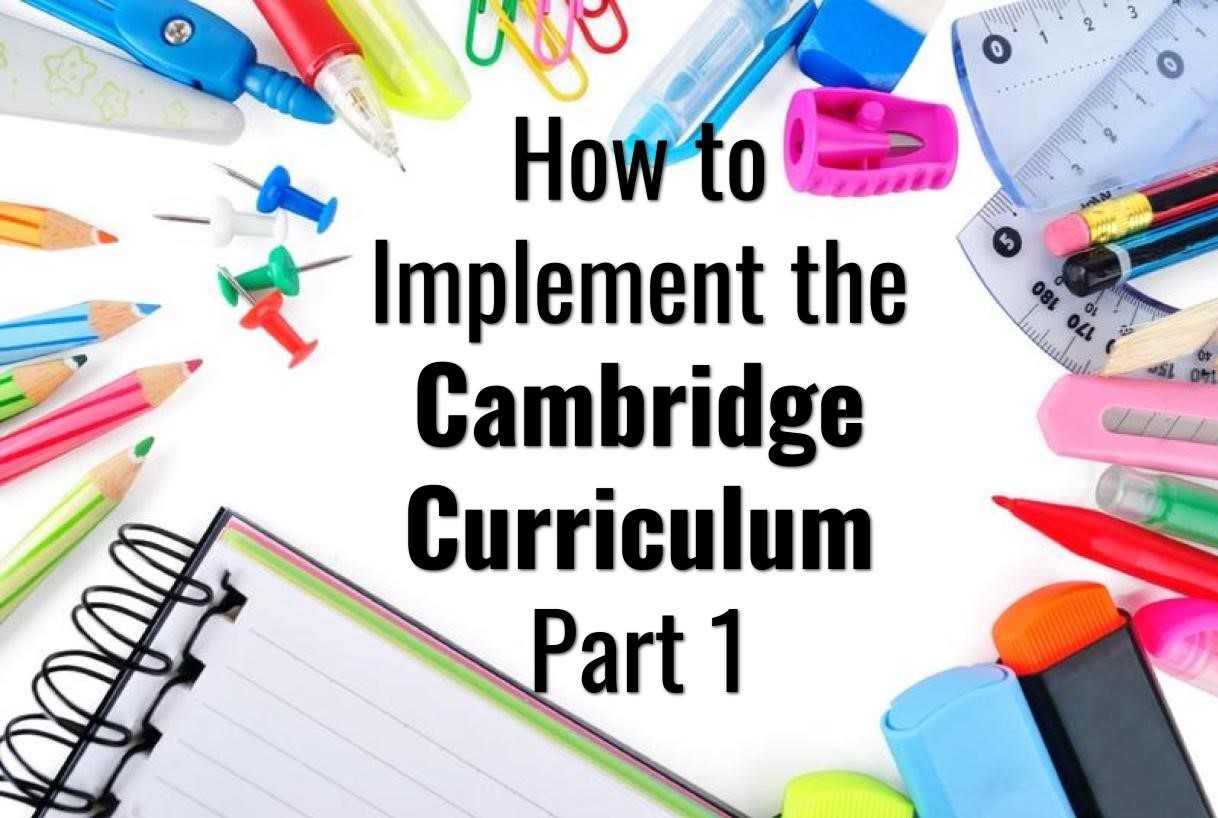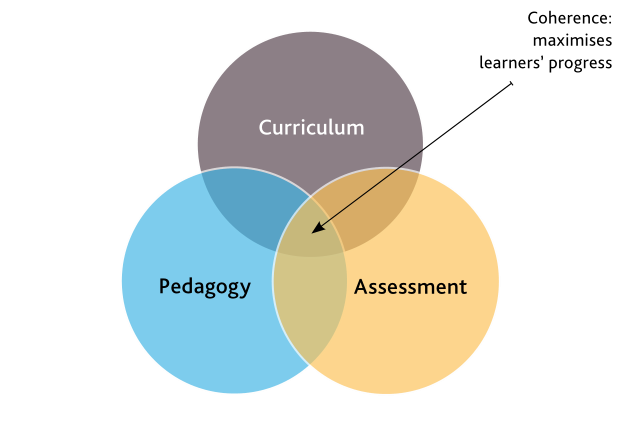Welcome to Labkafe ~ Orientallabs Retail Services Private Limited
There is a new wave coming from across the world, and we expect it to sweep off the existing education system and build a new order. This is the Cambridge curriculum and today we will discuss how to implement it for Indian schools. This new education system is recognized and preferred by most of the reputed universities and institutes around the world. And it’s coming to your doorstep now!
So, what is the Cambridge curriculum anyway? It is a very well-recognized system of education that any school can implement without disturbing the influence of the local culture and yet deliver students capable of entering any university across the globe. The “Cambridge Pathway” aims to internationalize the education system at the undergraduate level. It is well-known and accepted in most universities, institutes, and leading businesses.

The Cambridge curriculum has grown out of a British system of education, which divides the system into four parts ‒ Cambridge Primary, Cambridge lower secondary, Cambridge upper secondary, and Cambridge advanced. Together, they are called the Cambridge Pathway ‒ for a child to grow into a responsible, skillful, world-worthy worker and citizen.
A highly flexible and adaptive system, the Cambridge curriculum lets you pursue your local boards of education but also implement the Cambridge pathway. Both inspiring and challenging, it rewards students with an inquisitive mind and helps the more challenged ones to grow personally and think on their own.
To accomplish anything, you have to ask the right questions to yourself (or the working body). To build a Cambridge curriculum is no different either. Here are some pertinent questions for your meeting table when you decide to go the Cambridge way. These questions assume that the school is offering an existing qualification (like CBSE, ICSE, or similar) already and wants to upgrade to an international level.
Answering all of the above questions satisfactorily is the key to building a Cambridge curriculum for your school. Your school should meet all the requirements as mentioned above and then have some breathing space for the future.

The thing you need to remember here is that the Cambridge curriculum does not work in a one-size-fits-all kind of way. The various schools taking up this curriculum operate in a wide variety and scope, such is its flexibility. School leaders must remember that a fluid continuity is the key to this learning system.
Therefore, they should not only consider exactly which subjects a student should study every year, but also that there should be a clear path of consistent progression during the student’s career ‒ be it in any specialization. Each level change should feel natural and unjarring to the students, and they should not have to go out of their way to learn new subjects.
The values and aims of your school should match perfectly with your curriculum design. If, for example, your objective is to build a more skilled workforce for the country, then your Cambridge curriculum should mix a lot of hands-on learning with a good dose of local and national culture. However, if you foresee your students spreading all over the world, then your curriculum should include more topics covering international cooperation and how the world is bound together in life, in business, and in politics. Anyway, your choice of subjects and activities should be holistic to your objectives.
A natural question comes when deciding on any course curriculum ‒ why not just all subjects and all content, surely that would teach everything to a student? But we have to ask ourselves ‒ does the real world work that way? Can a student learn everything in one walkthrough of school life? The answer is a hard no, and that won’t change until we’ve genetically engineered superbrains and learned to slow down time.
Instead, your goal while implementing a Cambridge curriculum should be to maximize learning in a few subjects pertaining to a student’s Cambridge pathway, supported by some other subjects that let them be aware of how the world works. Too much content in one subject also does not result in better learning (almost always). Instead, let the learner maximize understanding of the basic, key points and encourage them to explore further on their own.

While the school’s vision does guide the breadth and depth of the subjects you will integrate into the curriculum, a balance must be struck somewhere pertaining to developing a sense of context of the specialty subject. Normally, a balanced diet for the studying mind includes mathematics, languages, sciences, technology, humanities, creative arts, and physical education. Covering these from the lower level broadly will expose the students to the actual world which consists of a bit of everything to make a project succeed.
Secondly, some subjects are special in the way that they are more integrated with many other subjects. Instead of teaching them as discrete subjects, your strategy should better include their implementation in other subjects while teaching them. Mathematics and Information Technology are two good examples of such subjects that are present in almost everything, even art. Further examples should be literacy and numeracy ‒ teachers of all subjects should be well-read and have a clear calculative mindset that makes sure that the students will be capable of working in their discrete subjects with good support.
Your school’s duty is to prepare students for the world, on a national or international level. As such, your Cambridge curriculum should gear up your students to be compatible with the entrance criteria of most renowned universities or businesses. This becomes more and more important as the student goes through the Pathway and becomes more and more specialized.
Implementing a robust syllabus is a good way to achieve the above, but there are other ways too. As school leaders you can incorporate various support programs and activities into the curriculum, especially at the later stages, to give the students the industry and higher education exposure they need.
We have previously assumed that your school already offers some other sort of qualification under other common boards like CBSE or ICSE. It is very important that your new Cambridge curriculum be compatible with your existing curriculum. The reason behind this lies in the fact that many students choose to move in and out of specific teaching systems as their needs fit them. If, for example, one of your students wants to migrate from class VI to Cambridge Lower Secondary, the process should be smooth and not jarring.
Perhaps this goes without saying, but an educational system should be more than just the sum of its parts. The content of a curriculum, its textbooks, its resources, and its assessing systems should all work together and be interconnected to reinforce each other. You can only call your international curriculum successful when the content of the curriculum, the pedagogical approach, and the assessment system all work together to maximize students’ learning development, achievement, and above all, the ability to see and work with the big picture.

As mentioned above, the Cambridge Pathway is divided into four levels ‒ Primary, Lower Secondary, Upper Secondary, and Advanced. Here are some useful details about these levels to utilize while designing your Cambridge curriculum.

This article discussed what the aim and scope of your school leadership thought process should be to implement the Cambridge international curriculum at your school. We have discussed at length questions that need to be answered before starting the curriculum design, and basic principles to adhere to while building it. We have also given you a razor-edge overview of the Cambridge Pathway ‒ should you want to implement it in full or part.
In the next article about building a Cambridge curriculum for your school, we will discuss in detail about the subject distribution in each course, pedagogy, and the signature subject of the system ‒ the Global Perspectives progression. Till then, have a nice time!
Labkafe is among the most promising laboratory supplies vendors in India. We manufacture and supply lab equipment, lab furniture, lab consumables, lab glassware, lab machines and more! Not only we manufacture lab items, we export to international resellers too. We fulfill CBSE ICSE ISC IGCSE IB State board affiliation requirements for schools by providing affiliation packages to schools. Our featured products are:
Chosen by over 1200 schools, colleges, universities, research labs, government agencies and private companies to build or renovate their laboratories, Labkafe stands as your best friend when it comes to labs. We are also a registered OEM on GeM. Our clients love us because we provide the best quality of lab products, free demos, free installation, and support for ever.
Do you wish to experience excellence too? Why not contact us today at [email protected], or call 9147163562 directly ‒ we are always available to serve. You can also use the chat button in the corner to connect to one of our representatives instantly!
Jan 03, 2023 by Biswajit Sana
Jun 04, 2022 by Swarna Karmakar